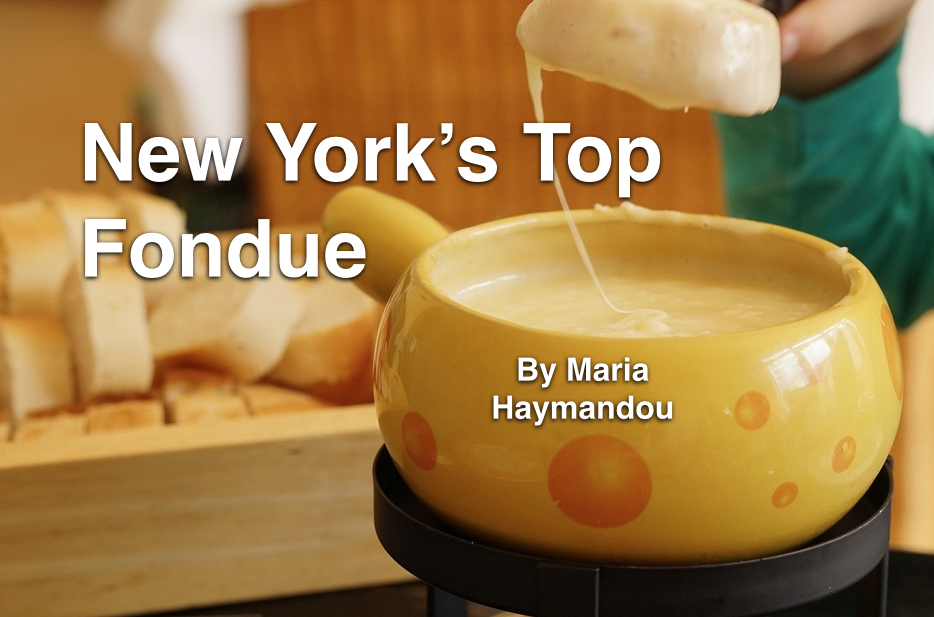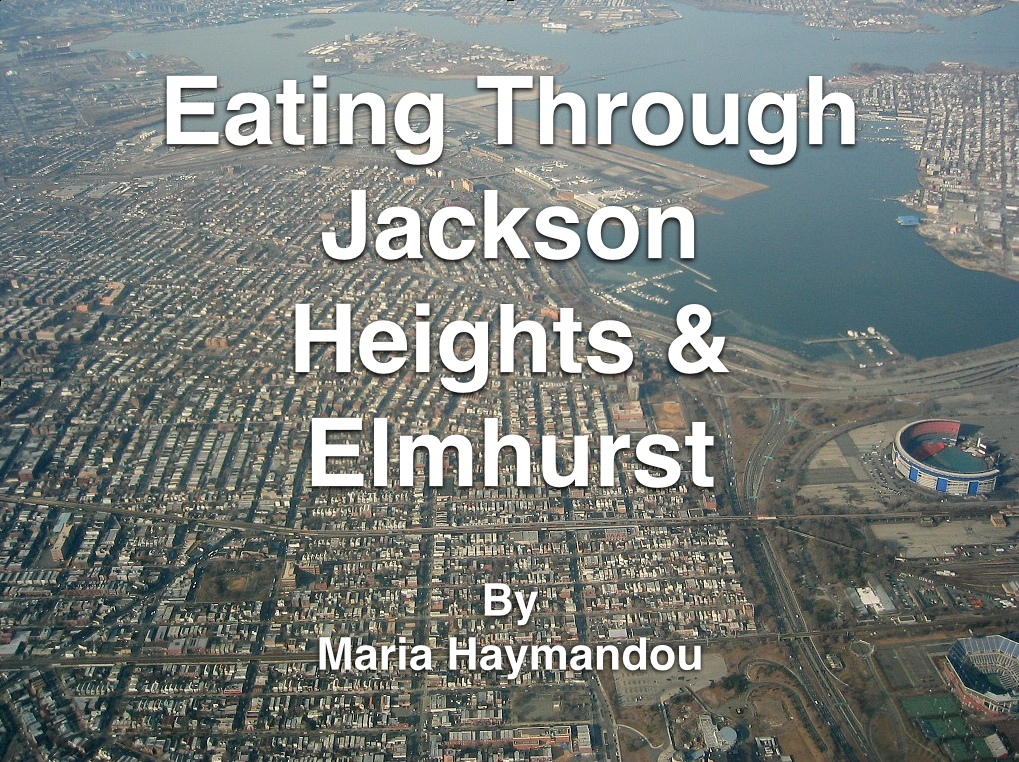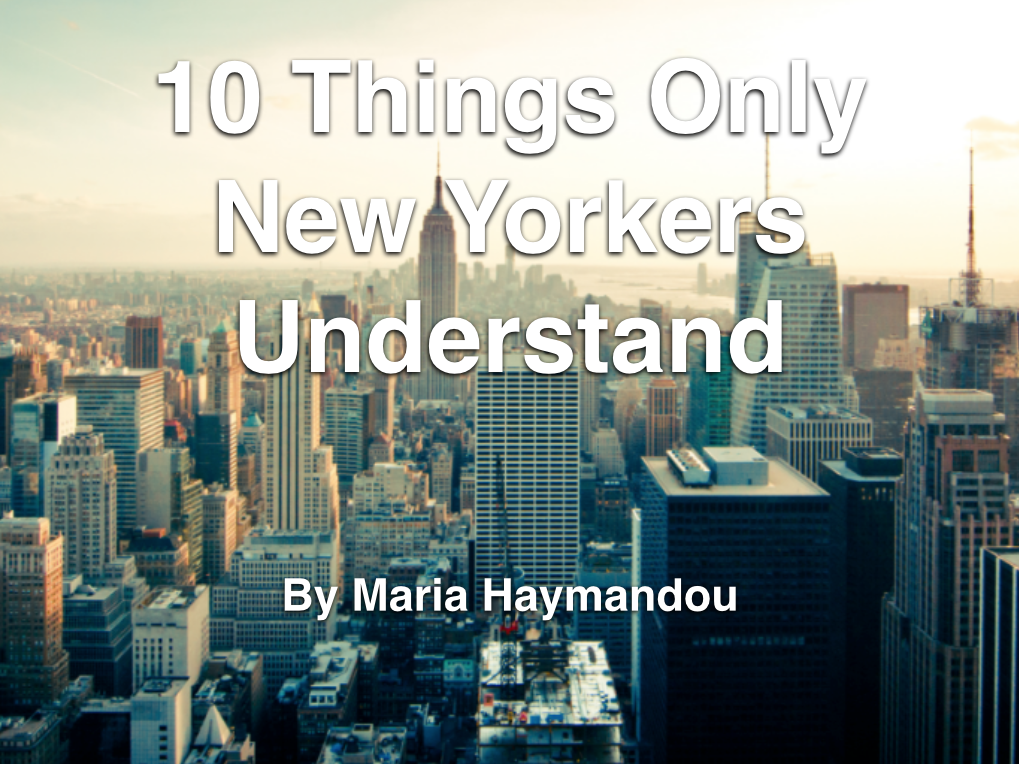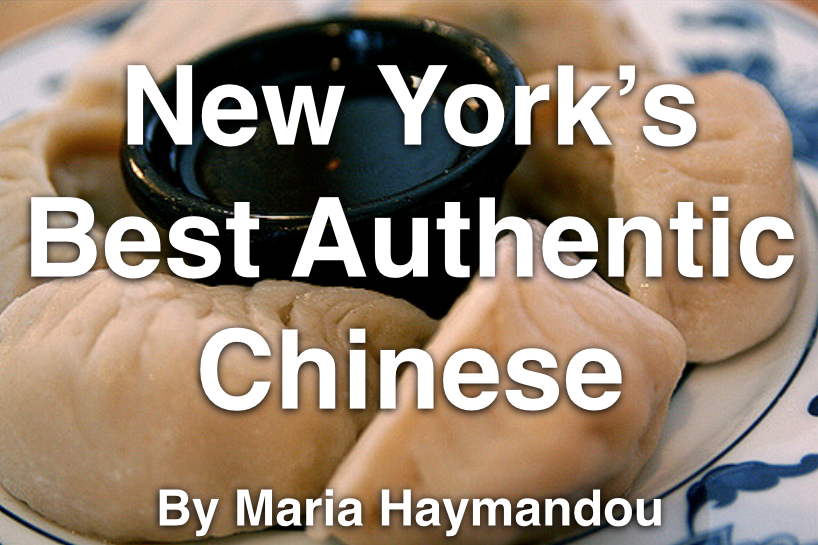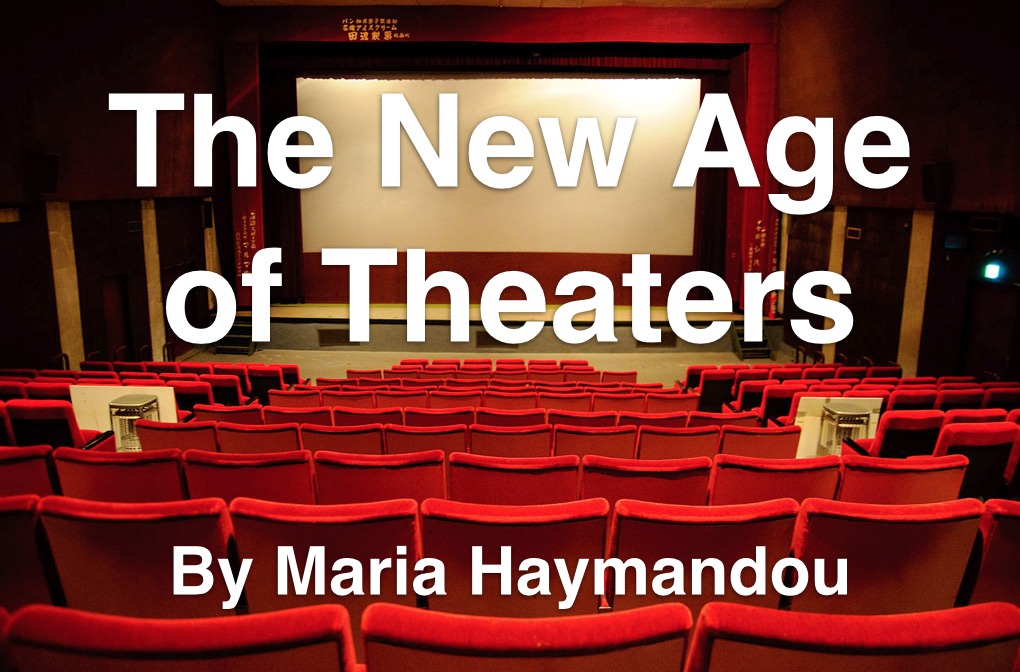 Some people get depressed when the weather gets cold, and that’s particularly easy in a place like New York. Yet I get excited about the winter, since some of my favorite food is hearty, warm, stick-to-your-ribs winter food. And do you know what falls under that category and is obscenely delicious? Fondue! Here are some great fondue places around New York, according to Gothamist. I can’t wait to try them all!
Some people get depressed when the weather gets cold, and that’s particularly easy in a place like New York. Yet I get excited about the winter, since some of my favorite food is hearty, warm, stick-to-your-ribs winter food. And do you know what falls under that category and is obscenely delicious? Fondue! Here are some great fondue places around New York, according to Gothamist. I can’t wait to try them all!
Le Fond: Come here on Tuesday nights for half-priced bottles of wine and a cheese fondue special that comes with seared steak and plenty of great dipping vessels. In the middle of the dinner, a waiter will add a bit of hot water to ensure that the fondue stays liquid and dippable.
Fondue Chalet: This seasonal pop-up works to replicate the “European” experience with checkered tablecloths and vintage ski posters. The “House Fondue” combines white wine with various cheeses to make a delicious and dippable mix.
Murray’s Cheese Bar: Due to their prominence in the New York cheese scene, I would hope that Murray’s did some good fondue! And they certainly don’t disappoint! They make a fondue with Alpine-style cheeses, Chablis and nutmeg.
The Standard: In the winter, the Standard’s famous seasonal garden gets a makeover with heated huts, hot drinks and warm meals like fondue. There are two options here: the vegetarian one and the traditional one, and they’re both delicious.
Pair Wine & Cheese: Pair, like Murray’s, lets you pick up cheese in addition to sitting down for a cheese-heavy meal. If you want to experience their fondue, the latter option is the way to go, and the waiters will gladly help you pair your melted cheese with good wine.
Kashkaval Garden: While Kashkaval is more known for its Mediterranean food, that’s not to discredit its fondue. They have four different options, including a sharp cheddar variety with hard apple cider and caramelized onions. They also make one with Bulgarian sheep cheese.
Taureau: The Taureau bistro specializes in cheese, meat and chocolate fondues. While more expensive than the other options on this list, you get what you pay for, with countless combinations of cheeses, meats, oils and dipping options.
